If you’ve been out on road for one week or several years, chances are you have encountered some issues with your RV. And, there are some common issues that arise when living the RV life. In most cases, the fixes can be pretty simple to make with a little bit of knowledge and maybe a screwdriver. I’m going to show you some of the most common RV problems and how to fix them.
Dead RV Battery
One of the first common problems many RVers face is dead batteries. If your RV battery is dead try charging it with a portable battery charger, chances are something is draining the batteries. It’s a good idea to go through your RV to ensure nothing was left on. Be sure to check items like lights, phone chargers, and small appliances.

If your RV is a driveable RV, you will have more than one battery. There are separate batteries for the “coach” part of the RV and a battery to start the engine. If your engine battery is dead, some RVs will have a bypass button or switch where you can use the power from the batteries for the coach to start up your engine.
If you continue having the problem, it may indicate that your battery is needing replacement. The best way to deal with battery issues is to prevent them in the first place. Maintain and check batteries often! Clean any corrosion, add water if your battery isn’t a maintenance-free battery, and test regularly.
Leaky RV Roof
If your RV roof is leaking, you can use a sealant (we recommend Lexel) or roof repair tape to temporarily seal leaks. However, for a more permanent solution, you may need to have the roof professionally repaired or replaced. Since water leaks can be problematic for RVs, it might be best to opt for a maintenance-free solution. We opted for a spray-on roof from RVroof.com. You can see how nice it looks! And the best part is we aren’t required to get on the roof to check seals, remove old cracking lap sealant, ever.
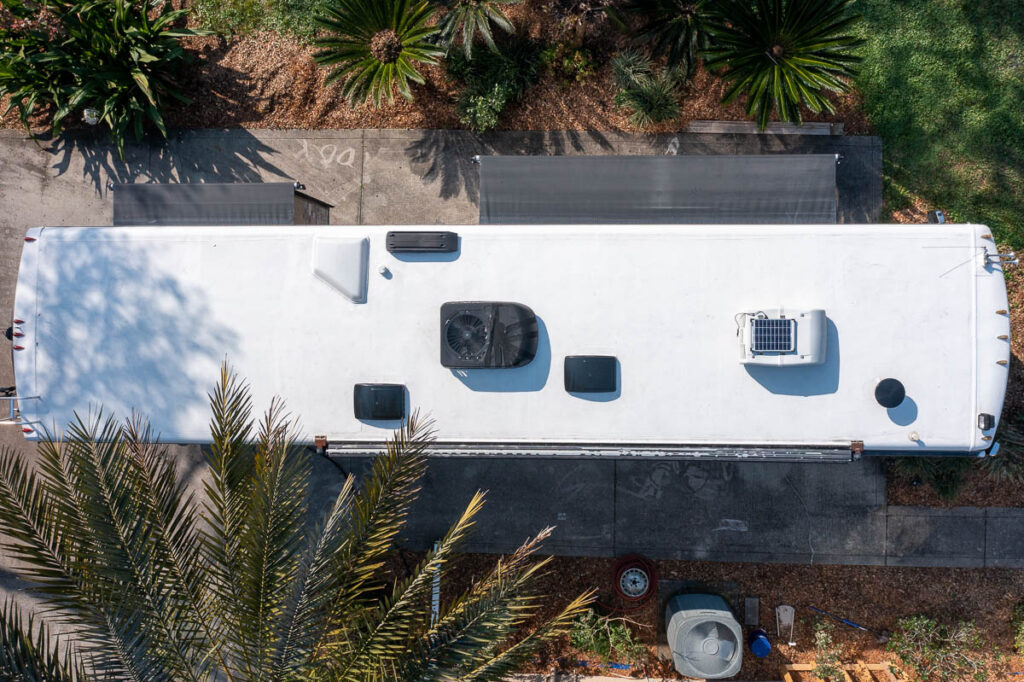
- Sticks to wet surfaces
- Can be used for interior & exterior surface
- Clear color
Clogged RV Toilet
Clogged RV toilets become a common problem for RV owners and are caused by a variety of factors.
Some of the common causes can be:
Using too much toilet paper
RV toilets have a smaller holding tank than a typical home toilet, which means they can quickly become overwhelmed with too much toilet paper. Using too much toilet paper can cause the toilet to clog and can even lead to problems with the RV’s plumbing system.
When inappropriate items are being put down the toilet. Many people make the mistake of thinking that RV toilets work the same way as home toilets. However, RV toilets are not designed to handle items such as feminine hygiene products, wipes, or paper towels. Flushing these items down the toilet can quickly lead to a clog or a start to the dreadful “poo pyramid”.
Lack of water in the holding tank
RV toilets rely on water to help flush waste out of the holding tank and break things up. If there isn’t enough water in the tank, waste can become dry, and stuck, leading to a clog.
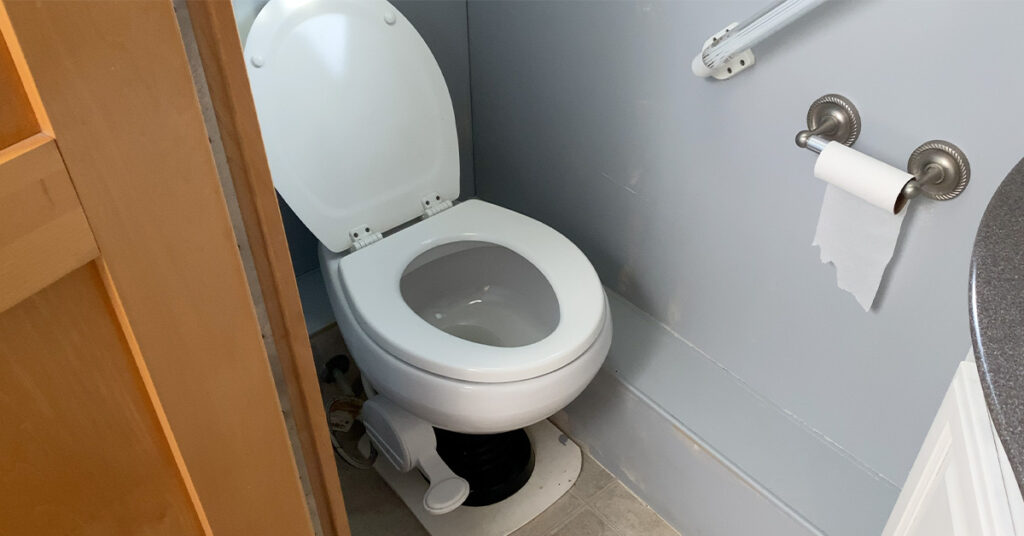
If you’re dealing with a clogged RV toilet, there are a few things you can do to resolve the problem. One option is to use a plunger to try and push the clog through the system. You can also try using a toilet auger or a sewer snake. This may break up the clog and allow it to pass through.
Preventing clogged RV toilets is often the best course of action! Be sure to use only the recommended amount of toilet paper and if possible use rapid dissolve toilet paper. Avoid flushing inappropriate items down the toilet. And keep plenty of water in the holding tank to help move waste through the system. Additionally, regular maintenance and cleaning of the RV’s plumbing system can help prevent clogs and keep the system working properly.
One of the best products we’ve found to maintain your black tank is the products from Unique Camping + Marine. They actually have a product called “Clear It” which will help to unclog a plugged-up black tank. You can save 15% on their products with the link over on our partner’s page as well!
RV Water Heater Issues
A malfunctioning RV hot water heater can make for an uncomfortable trip, especially if you’re relying on it for showers and washing dishes. However, there are a few common troubleshooting steps you can take to diagnose the problem and get your hot water heater back to functioning properly.
Check RV Propane Levels
If your RV’s hot water heater is not working, you may need to check the propane tank to ensure it’s full and that the valve is open. Check to make sure the RV water lines are not turned to the winterization mode which will keep water from flowing into the hot water heater tank (or system if using a tankless hot water heater system).
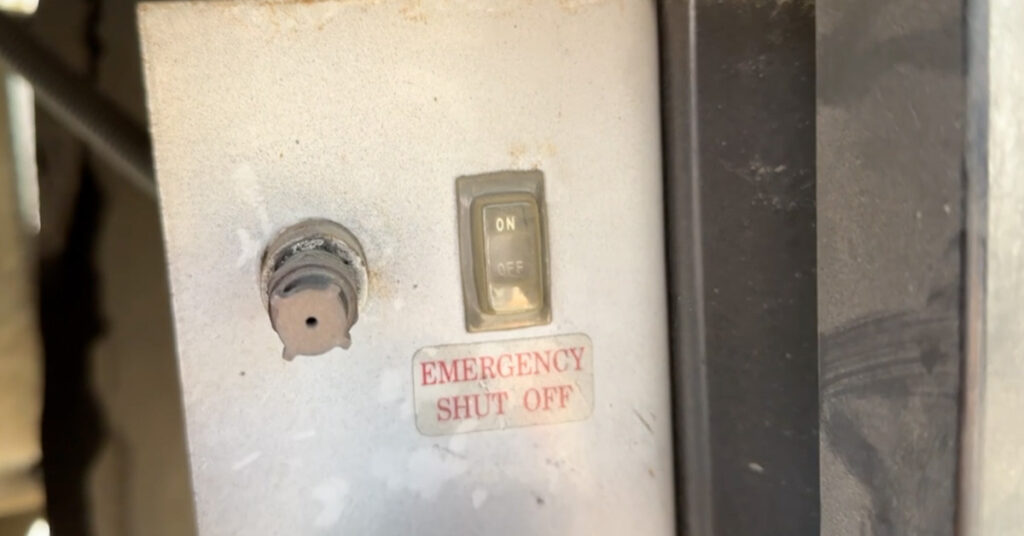
Shut Propane Off, Then Turn it Back On
Also, try shutting the propane on and off a few times, this can sometimes reset the system. Check all the fuses to ensure there is not a blown fuse. There has been a time or two when we’ve had a pay a “stupid tax” where we called out a tech to find out, it was only a blown fuse. So, always check your fuses first! Lastly, check the panel for the hot water heater wiring and make sure there is no obvious loose or disconnected wiring.

Check For A Clogged Pilot or Burner Tube
Another possible cause of an RV hot water heater not working properly is a clogged pilot or burner tube. Over time, dust, debris, spiders, or bees can accumulate in the tube, which can cause the burner to malfunction or the pilot light to go out. If the pilot or burner tube is dirty, use a soft brush or compressed air to clean it. This may be everything needed to get your hot water heater working again. One way you can prevent these critters from getting into places they shouldn’t be, is to install these screens on your heater and hot water vents.
- You Will Get: 2 round RV vent covers and 1 rectangular RV vent cover, 6 spring hooks, and 1 installation tool
- Compatibility: Circular mesh size(2.83”x1.26”) fits for Duo-therm, Suburban, and Durotherm furnace vents. Rectangle mesh size(6”x8.5”x1.3”) fits for Atwood 6 & 10, Suburban 6, 10, and 12 Gallon water heater vents
- Last to Use: BougeRV rv vent screen made from heavy-duty stainless steel, for maximum strength and longevity that resists corrosion. The RV screen can stop more from getting into the ventilation system without limiting the air intake or exhaust
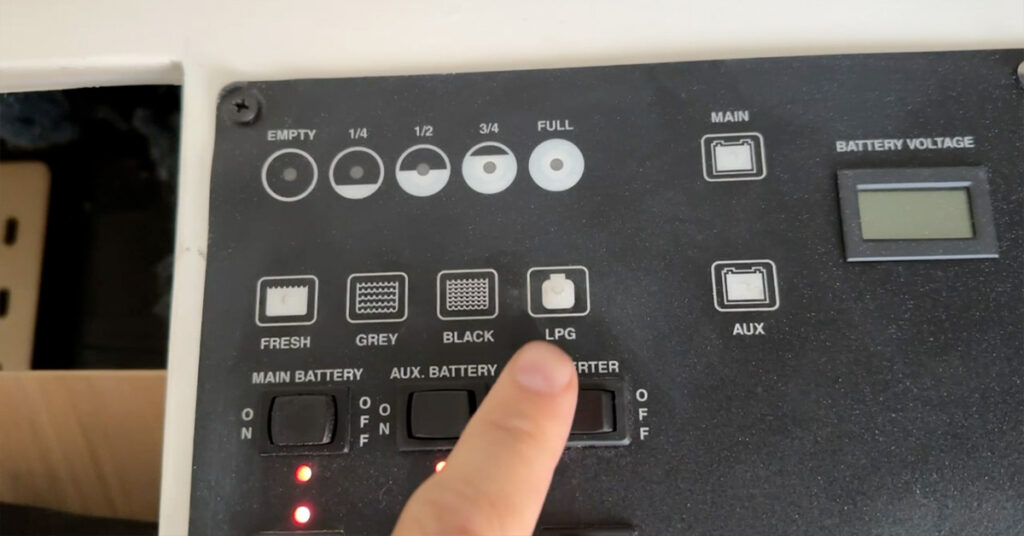
Check Gas Valve or Control Board
Finally, a more serious issue that can cause an RV hot water heater to malfunction is a problem with the gas valve or control board. This is an issue that might require the attention of a professional RV tech. If you suspect a problem with the gas valve or control board, it’s important to have it checked out as soon as possible to prevent damage to the hot water heater and ensure that your hot water heater is functioning safely and efficiently. By following these troubleshooting steps, you can often diagnose and resolve common issues with RV hot water heaters.
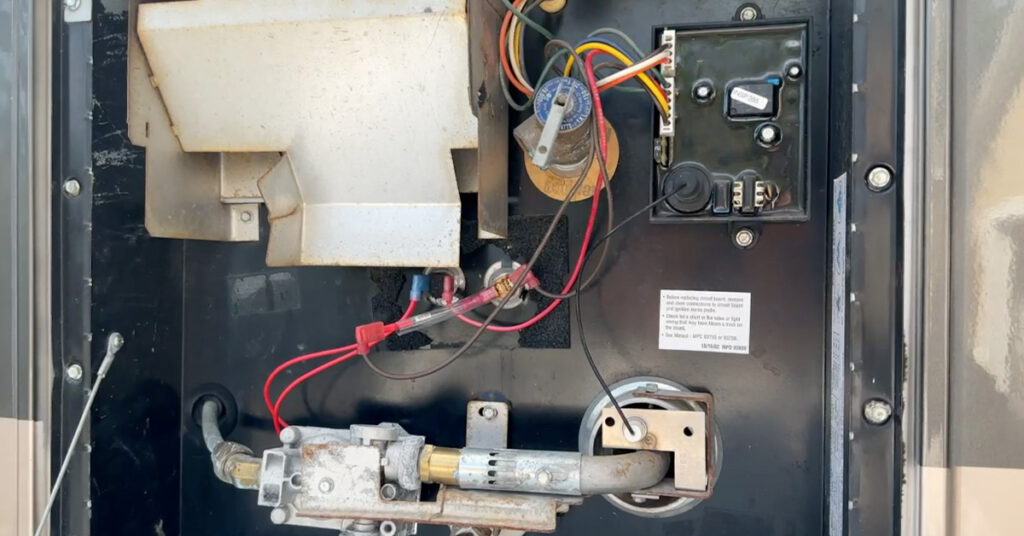
Air Conditioner Not Cooling
If your RV air conditioner is not cooling, it can make for a miserable trip! Especially if traveling to areas in the south during the hot summer months. There are a few common troubleshooting steps you can take to diagnose the problem and get your air conditioner back to functioning properly.
Check Your RV Air Filter
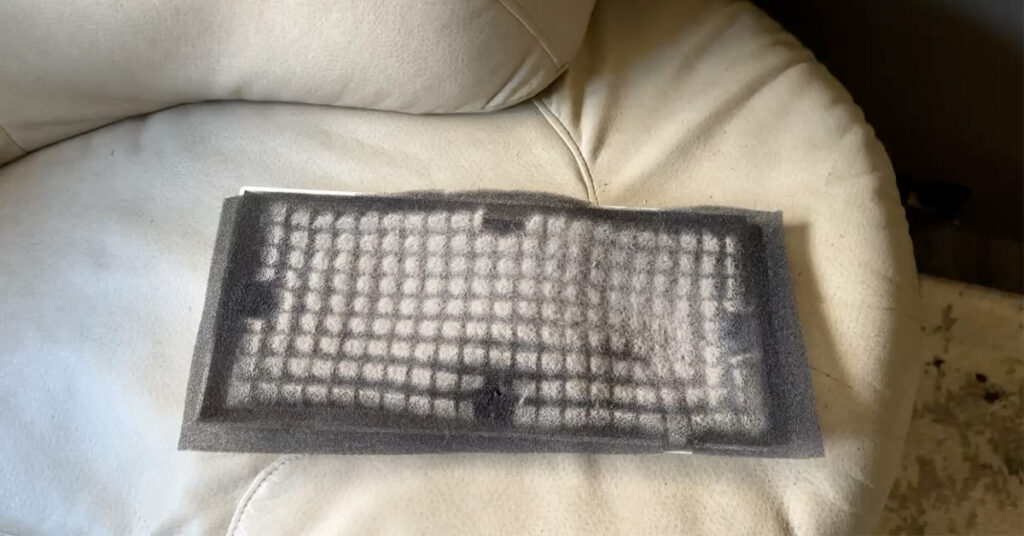
The first and most important thing to check on a regular basis is the air filter. Over time, this filter can become clogged with dust and debris, restricting airflow and reducing the air conditioner’s efficiency and cooling operation. If the filter is dirty, remove it and clean or replace it as necessary. This may be everything needed to get your air conditioner cooling again!
If the filter is not the problem, the next step is to check the thermostat. Ensure it’s set to the desired temperature and is functioning properly. If the thermostat is not functioning properly, it may need to be replaced. In our case with our MicroAir thermostat, we just needed to update the firmware and reset the settings and everything was back up and running again.
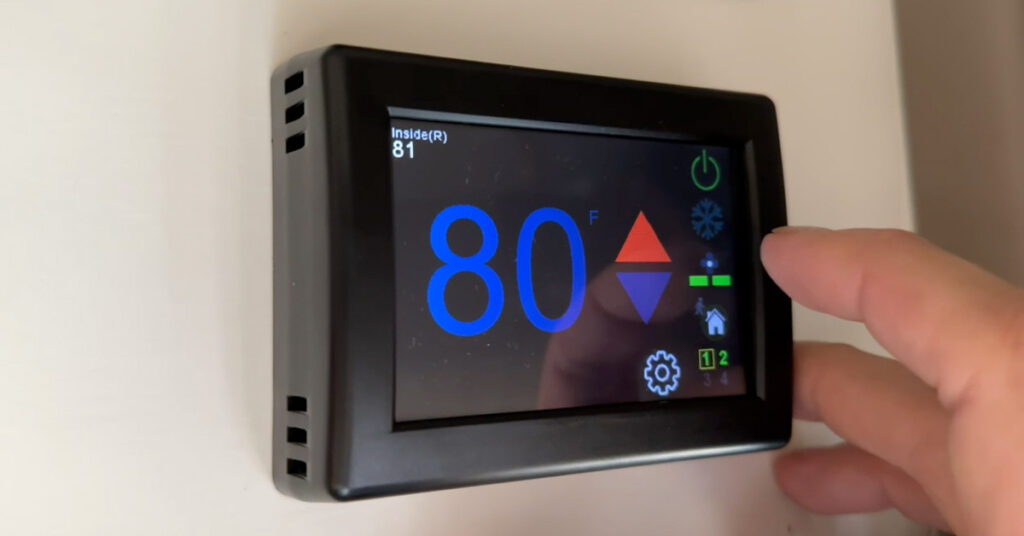
Refrigerant Leaks
Another possible cause of an RV air conditioner not cooling is a refrigerant leak. If the refrigerant level is low, the air conditioner will not be able to produce cold air. This is a more complex issue that will require the attention of a professional technician. If you suspect a refrigerant leak, it’s important to have it checked out as soon as possible, as low refrigerant levels can cause damage to the compressor and other components.
Electricity Is Key
Finally, it’s important to check the power source to ensure that the air conditioner is receiving the correct voltage. A low voltage supply can cause the air conditioner to work less efficiently, while a high voltage supply can damage the unit. Use a multimeter to test the power source, and if necessary, have a professional electrician check the wiring and connections. This is also why we use a surge protector that is also an all-in-one power management system.
By following these troubleshooting steps, you can often diagnose and resolve common issues with RV air conditioners not cooling. Again, If the problem persists, it’s important to seek the help of a professional technician to ensure that your air conditioner is functioning safely and efficiently.
The RV Fridge Not Cooling
A malfunctioning RV refrigerator can be a major inconvenience, especially if you’re relying on it to keep your food and drinks cold during a trip.
Ensure Your RV is Level
If your RV fridge is not cooling, you may need to check that your RV is level. An unlevel fridge can cause issues with its cooling. Especially if you have an absorption-style refrigerator. It’s also a good idea to check to see if the thermistor is attached to the cooling fin or have a professional check the refrigerant levels.
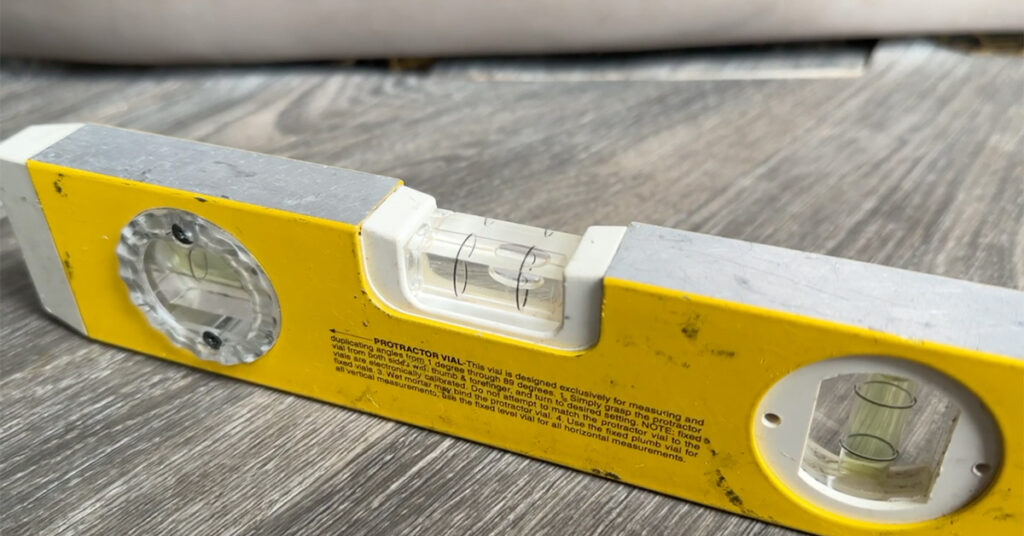
Check the RV Fridge Power Sources
Ensure the refrigerator has power and that there are no fuses blown or breakers tripped. Depending on the type of RV fridge you have, a residential, 12-volt, or propane, you will want to check the sources of power to pinpoint the issue. Check the source first to ensure there isn’t an issue, then follow it back to the fridge, which includes checking breakers, fuses, propane levels etc.
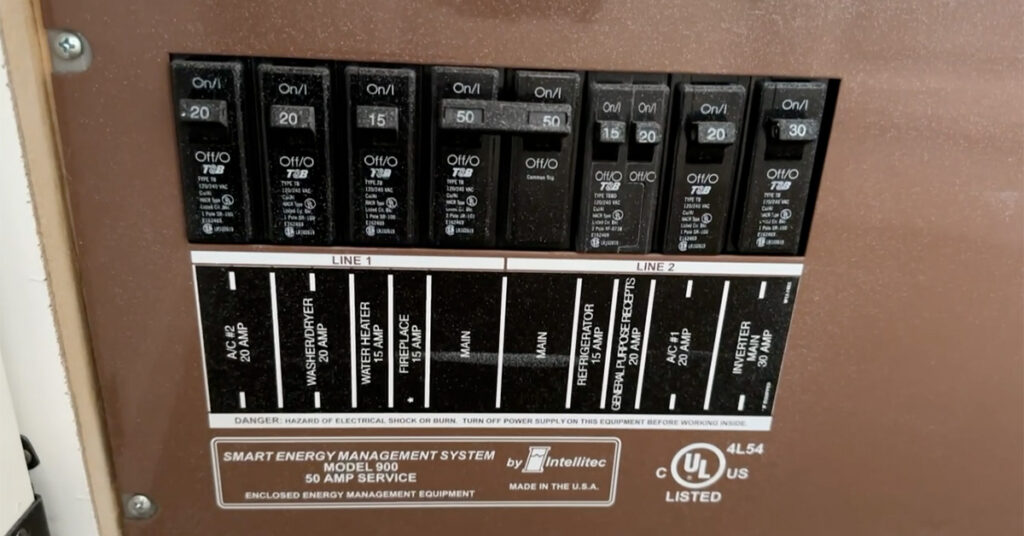
Check The Refrigerant System
Finally, a more serious issue that can cause an RV fridge not to cool is a problem with the refrigerant system, this is a complex issue that will require the attention of a professional technician. If you suspect a problem with the refrigerant system, it’s important to have it checked out as soon as possible to prevent damage to the compressor and other components.
By following these troubleshooting steps, you can often diagnose and resolve common issues with RV refrigerators not cooling.
If you want a deeper dive into the world of being able to work on your RV yourself, consider taking the same course Charity and I took to help us become more “handy”. It’s called the RV Fundamentals course from our friends over at the National RV Training Academy. They are currently running a huge sale, so be sure to take advantage of it while it lasts by clicking on the image below!
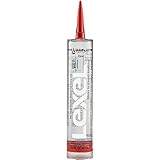



Fixing common RV problems might seem like it’s much for the average person. Even if you don’t have a lot of mechanical ability, there are things you can do to assess and fix the most common RV problems you may encounter.
Good advice as we are new to RVing and already had to pay someone to come to our camp site and fix our not working refrigerator 😳😁
I had seen in one of your videos (all helpful and great by the way) about a putty for mounting photos to the wall. I tried Google etc and too many options with varying reviews. Can you tell me what you suggest for a good hold while traveling but can be removed without damaging wall (way down the road. It changing often as these are long term photos). Thanks
Hey there, to keep things in place on counter tops, we use this putty. https://amzn.to/3PzcQ82
For the Walls, we use Nano Mounting Tape – do use caution with nano tape and apply heat to remove. You can find nano tape on Amazon here: https://amzn.to/498OTva